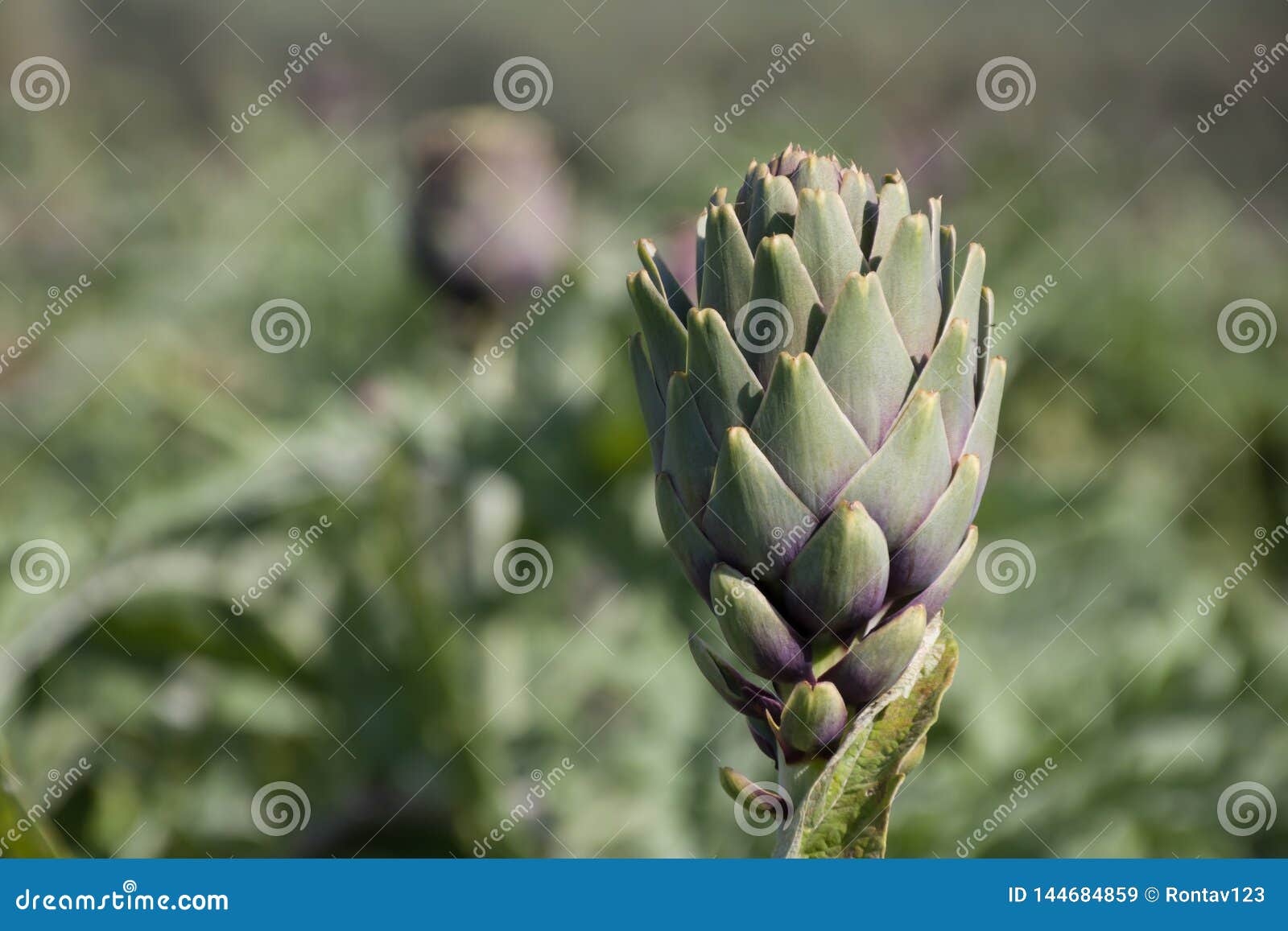With their unique appearance and flavor, artichokes are a delightful vegetable to add to your garden But determining ripeness in an artichoke plant can be confusing to novice growers. Unlike other crops that change color or soften when ready to harvest, artichokes show more subtle signs Learn what traits to look for so you can pick your artichokes at their peak ripeness.
When Do Artichokes Ripen?
Artichokes typically reach maturity and become ripe for picking in mid to late summer. The exact timing depends on:
-
Variety – Early season cultivars mature faster than late season types.
-
Planting time – Spring-planted artichokes are ready sooner than fall-planted
-
Climate – Warm climates speed growth compared to cooler regions.
-
Growing conditions – Optimal nutrition and care make plants more productive.
In ideal conditions, some varieties may be ready to start harvesting as soon as 75-85 days after transplanting. Others take 100 days or more to mature. Know your variety’s approximate harvest window and regularly check plants as it nears.
What Does a Ripe Artichoke Look and Feel Like?
Since artichokes don’t dramatically change color when ripe, you need to watch for other signs:
-
Tightly closed bract tips – The ends of the outer bracts hug closely against the center. As buds mature, the bracts begin separating.
-
Heavy, firm feel – Heft the artichoke in your hand. Heavy, plump buds are ripe, while lightweight ones are immature or dried out.
-
Bright green color – Vibrant green on buds and stems indicates freshness. Yellowing shows overmaturity.
-
Upright growth – Ripening buds stand erect on the plant. Older ones start to droop downward.
-
Size – Buds should reach approximately 3-6 inches in diameter depending on variety. Jumbo sizes often signal overripeness.
Ripe artichokes will snap off the plant easily with a quick tug. If buds feel loose or wiggle, they are overripe. Use all your senses – sight, touch and smell – to gauge ripeness.
What Do Underripe and Overripe Artichokes Look Like?
It’s useful to recognize how buds appear before and after ideal ripeness:
Underripe:
- Very small, only 1-2 inches diameter
- Light green color
- Soft, loose feel when squeezed
- No spreading of lower bract tips
Overripe:
- Large, often over 6 inches diameter
- Dark green to bronze color
- Light, hollow feel when lifted
- Gap between lower bract tips
- Drooping downward on plant
- Dull, dried out appearance
Picking at the right stage means tastier artichokes with the best texture. Both under and overripe buds tend to be more fibrous, bitter and less appetizing.
Should You Harvest Partly Open Artichokes?
You may notice some buds where the lower bract tips have started spreading open slightly. This is a sign they are moving past peak ripeness. However, these are still fine to harvest if inner bracts remain tight.
Partly open artichokes, where the flower is barely visible in the center, can be tasty as long as they are still fresh and firm. The heart may be a bit more mature and the texture not quite as tender. But the edible yield is improved compared to tighter heads.
Handling Artichokes After Picking
After harvesting ripe artichokes, follow these post-pick handling tips:
- Cut stems to about 1 inch long and trim any remaining thorns
- Place in a bowl of acidified water (water + lemon juice/vinegar) to inhibit browning
- Refrigerate in moisture-retaining bag no more than 2 weeks
- Prepare as soon as possible for maximum quality
Proper post-harvest care keeps harvested artichokes fresh longer. But the finest flavor and texture always comes from cooking buds immediately after picking.
Relax and Enjoy the Fruits of Your Labor
With the right variety, care and environmental conditions, homegrown artichokes can rival those from the market. Just familiarize yourself with what mature, ready-to-eat buds look and feel like. Then pat yourself on the back and savor the fruits of your horticultural labors! Nothing beats the pride and satisfaction of harvesting ripe, beautiful artichokes from your own garden.
WHEN IS IT RIPE? ARTICHOKES
FAQ
How can you tell if an artichoke is ripe?
When should you not eat an artichoke?
What does a ripe artichoke look like?
A ripe artichoke will be a dusty green color. You might notice a few slight brown splotches on the leaves, but that’s normal. However, you should avoid artichokes that have a purple hue, deep bruising, or brown soft spots. This usually means the artichoke is rotten and should be avoided.
How do you know if an avocado is ripe?
Unripe avocado can be eaten but it is no recommended as the texture and flavor are not pleasant. To make sure an avocado is ripe, you should press lightly on it with your fingers. If the texture is soft and creamy, it means that it is ripe.
How big does an artichoke get?
It is a descendant of a wild plant native to North Africa. Depending on the variety of artichoke, its size can range from 2 to 4 inches in diameter (per California Artichoke Advisory Board). Different types may be green, purple-tinged, or completely purple. All artichoke varieties share the same basic structure.
How do you know if an artichoke is good?
Squeeze the artichoke leaves. When an artichoke feels heavy and has healthy looking leaves, use the “squeak” test to confirm that you’ve picked a good one. Hold the artichoke next to your ear, and squeeze its leaves with your fingers. If you hear a squeak, the artichoke is extremely fresh so it’s a good one to buy.
- A Complete Guide to Caring for Yuki Cherry Blossom Shrub - January 23, 2025
- Identifying Red Hot Poker Seeds: What to Look For When Harvesting Torch Lily Pods - January 23, 2025
- A Complete Guide to Harvesting Evening Primrose Seeds - January 23, 2025

